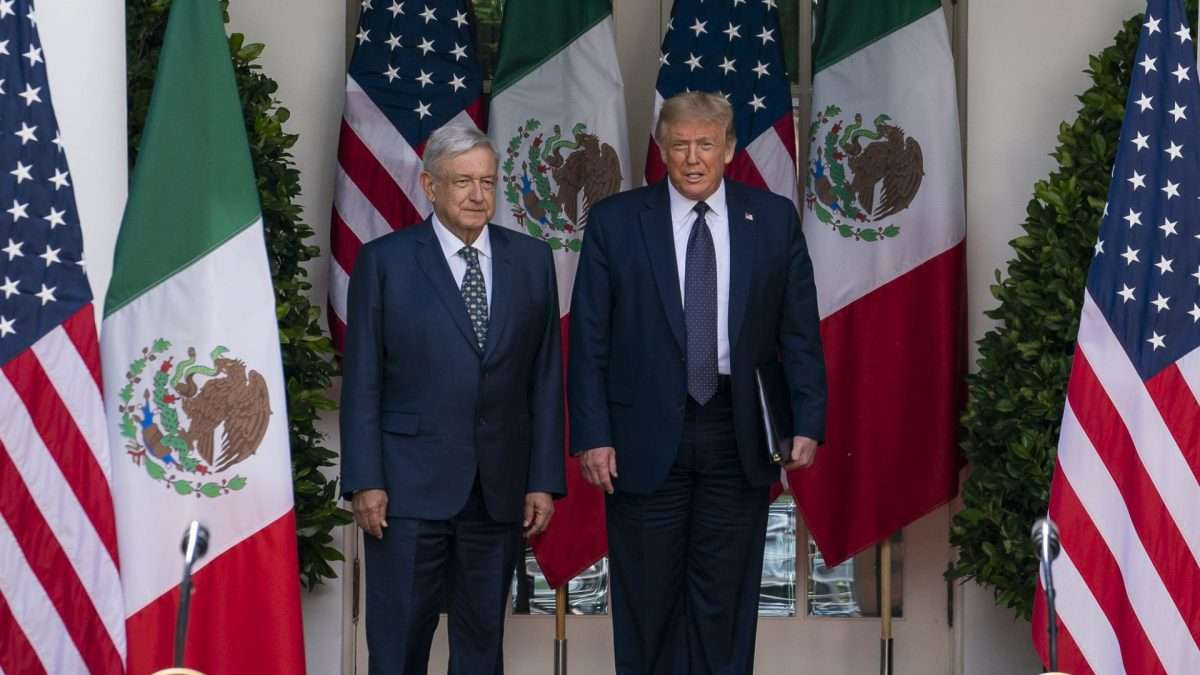President-elect Donald Trump took to his social media platform Truth Social tonight to announce his plans to impose new tariffs on three of America’s largest trade partners: Canada, China, and Mexico.
The measures proposed by Trump, who has described himself as “a Tariff Man,” risk pushing inflation higher after falling close to the Federal Reserve’s two percent target.
What Trump Said
Trump pledged that, upon taking office, he would sign an executive order imposing 25 percent tariffs on all products entering the U.S. from Canada and Mexico. He described the tariffs as a form of leverage to coerce the two countries to take action against the inflows of undocumented migrants and drugs like fentanyl.
Trump also threatened a smaller 10 percent tariff on China, which he alleges has done little to address its role in the U.S.-bound fentanyl supply chain.
The ‘Tariff Man’
Trump views tariffs as a multipurpose tool to balance trade, protect U.S. industries, and punish foreign countries for non-trade reasons.
During his 2024 presidential campaign, Trump proposed a baseline tariff of at least 10 percent on all imports and a special 60 percent tariff on goods imported from China.
He also threatened tariffs of up to 75 percent on imports from Mexico, if the country fails to curb migrant flows into the United States from the southern border.
While the figures proposed today are lower and are limited to three countries, he could expand their scope and severity.
Inflation Man
Trump said today that “it is time for” Canada and Mexico “to pay a very big price.”
But American consumers will also likely pay a price — with their wallets.
Canada, China, and Mexico — the top three U.S. trade partners — account for nearly half of U.S. imports. That includes a wide array of items: from apparel and automobiles to produce and pork.
The consensus among economists and trade associations is that the Trump tariffs — along with his immigration and other policies — will cause inflation to rise.
Former Treasury Secretary Larry Summers has warned that Trump’s domestic and economic policies could drive inflation past the Biden administration’s 9.1 percent peak.
Former GOP Senator Phil Gramm has also sounded the alarm on the Trump tariffs, arguing they could have similar effects to the Hoover-era Smoot-Hawley tariff, which drastically reduced world trade and deepened the Great Depression.
A recent report by the National Retail Federation estimates that Trump tariffs could cost U.S. consumers upwards of $78 billion in annual price increases for major categories of consumer goods.
Globely News covers the game changers transforming the worlds of business, sports, politics, and technology. From AI and electric vehicles to the rise of China and the NFL's next stars, we've got you covered.



